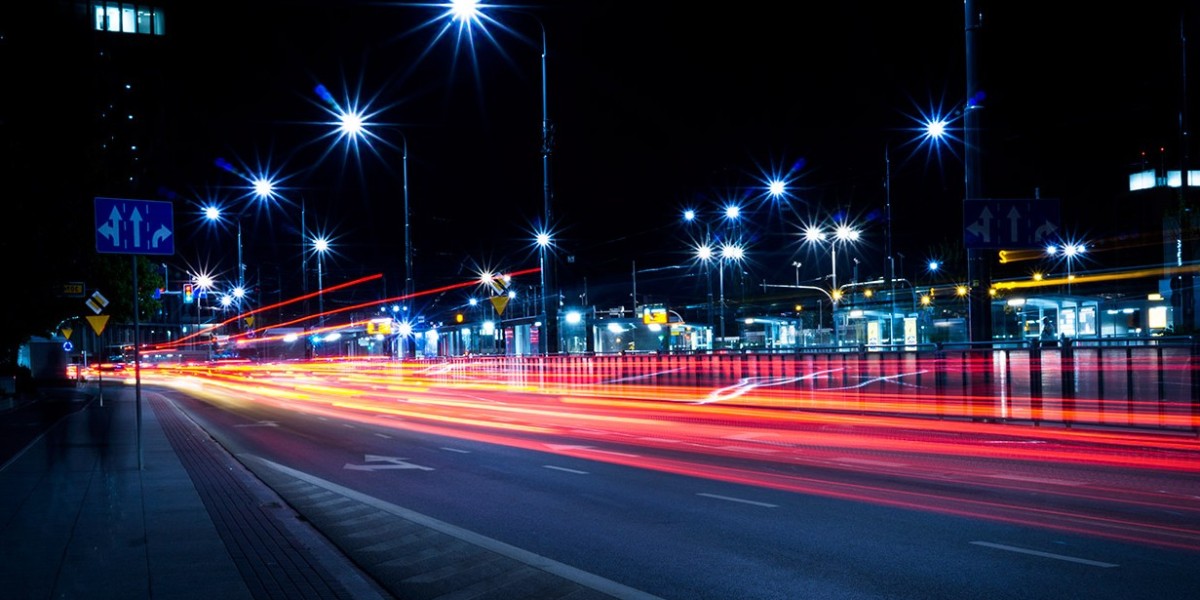Street lighting has long been an essential feature in cities and communities worldwide. Not only does it serve the obvious purpose of illuminating roads and pathways, but street lighting also significantly contributes to public safety, urban aesthetics, energy efficiency, and even community morale. As we move toward a more connected and sustainable world, the evolution of street lighting technologies brings about fresh opportunities to enhance urban infrastructure. Let's explore the key benefits of street lighting and the latest trends that are shaping the future of urban lighting.
1. Public Safety and Security
One of the primary reasons for installing street lighting is to increase safety for drivers, cyclists, and pedestrians. Well-lit streets reduce the likelihood of accidents, ensuring that roads, intersections, and crosswalks are visible. Furthermore, research consistently shows that well-lit areas deter crime and vandalism, enhancing community security. By providing a visible environment, people feel safer walking in public spaces during the night, fostering a sense of security and encouraging more nighttime activity in urban areas.
2. Energy Efficiency and Sustainability
With the emergence of LED lighting and solar-powered options, street lighting is no longer the energy drain it once was. LED lights consume significantly less power than traditional incandescent or halogen bulbs, and they last much longer. Solar street lights have furthered sustainability, as they harness the sun's energy during the day and provide light after dark without relying on the power grid. Many cities are transitioning to LED or solar-powered streetlights, aiming to cut down on electricity bills and reduce their carbon footprint, contributing to broader sustainability goals.
3. Smart Street Lighting and IoT Integration
The future of street lighting is undeniably smart. Many urban areas are now adopting smart street lighting systems that can be integrated into the Internet of Things (IoT). These systems offer advanced features like adaptive lighting, where lights automatically adjust brightness based on the time of day, weather conditions, and traffic levels. Motion sensors can dim lights when no one is around and brighten when movement is detected, optimizing energy use and reducing light pollution. Additionally, IoT-enabled street lights can gather data, helping cities monitor air quality, manage energy usage, and even provide Wi-Fi in public areas.
4. Aesthetic and Community Impact
Street lighting can also shape the aesthetic appeal of a city. Artistic and carefully designed street lights add character and charm to streets, parks, and public spaces, creating inviting atmospheres for residents and visitors alike. Lighting designs can transform a simple pathway into a captivating space that reflects a city’s culture, history, or contemporary style. Moreover, illuminating historical landmarks, statues, and monuments with artistic lighting can enhance their beauty and draw more tourism, benefitting local economies.
5. Reducing Light Pollution
While street lighting is beneficial, improper or excessive lighting can lead to light pollution, disrupting ecosystems and affecting residents' sleep patterns. Modern street lighting solutions consider “dark sky” principles, using shielded fixtures that direct light downward rather than upward, minimizing light pollution. LEDs and smart lighting systems also help by allowing for precise control over brightness and direction, ensuring that light reaches where it’s needed without unnecessary spillover.
6. Maintenance and Monitoring Advancements
IoT technology also allows for real-time monitoring of street lighting infrastructure, enabling quick identification of outages, malfunctions, or damages. Automated maintenance alerts help municipalities respond faster to issues, minimizing downtime and ensuring public safety is maintained. This proactive approach reduces the long-term costs associated with manual inspections and lengthy repair times, creating more efficient city operations.
7. Future Trends in Street Lighting
The evolution of street lighting shows no signs of slowing. Emerging trends include:
- Interactive lighting systems: Where lights change colors or patterns based on public events, holidays, or community milestones.
- Solar and kinetic-powered street lights: New prototypes are being developed that harness kinetic energy from footsteps, offering an even more sustainable solution.
- Integration with public transport systems: Future street lights could signal buses or trains, adding layers of functionality to lighting infrastructure.
Final Thoughts
Street lighting Los Angeles is far more than an infrastructure staple; it's a critical component of modern urban life. From improving public safety and enhancing city aesthetics to promoting sustainability and smart city innovation, the benefits of advanced street lighting systems are extensive. By investing in smarter, more efficient, and sustainable lighting solutions, cities around the world can look forward to brighter, safer, and more vibrant communities.








